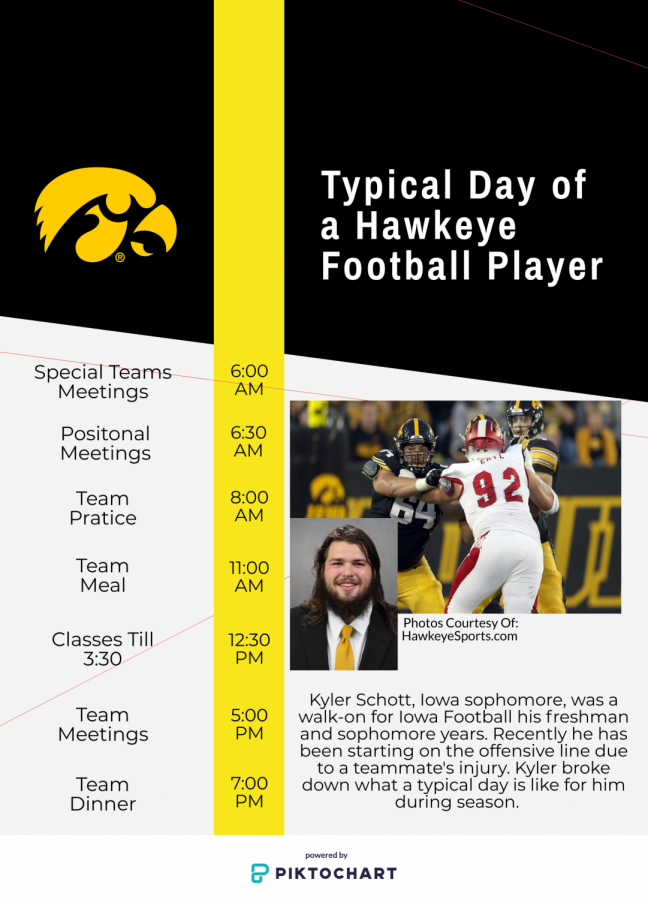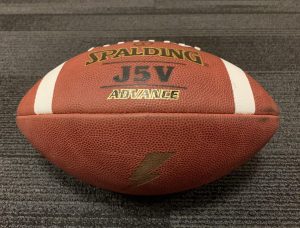They Should Be Paid
October 17, 2019
According to a recent study with college athletes, 71% of the athletes voted that they were in favor of letting colleges compensate their student-athletes. Athletes risk lots of things in their lives to become what they all have dreamt about since they were little. They do everything they can to be the best.
One of the best parts of being a college athlete is the love and passion the students have for their sports and school. They leave everything out on the playing field for their school. But a lot of times, student-athletes suffer very harsh injuries with some being career-ending. Not only is their life goal out of the picture, but this could also affect their everyday life. For example, a torn ACL could cause a limp, whereas a really bad concussion could cause chronic traumatic encephalopathy (CTE), which is a progressive brain disease commonly found in athletes who have repetitive brain trauma.

“A huge difference between high school and college sports is how demanding it is on your body, so one thing you really have to focus on, is recovering. Everybody has their own way of how they do this; I like to sit in the hot tub and ice bath to recover for the next day where you do it all over again,” Schott said.
A stat from the NCAA shows that 7.4% of all college injuries are concussions. These athletes are putting their careers and bodies at risk every time they step foot on the playing field for every practice or game. They deserve to be paid for the serious health risks they are taking.
Student athletes are still students, and most players are in college for education, not sports.. They are spending more time in practices, workouts, and team meetings than some people spend working each week in a normal job.
“During [the] season, we start [practice] at 6 am and go until around 11:30, then come back at 5 for 2 more hours of meetings and dinner,” Iowa football player Kyler Schott said.
These athletes are basically working a full time job while also taking classes.
“I’m currently taking 13 semester hours, which is around what the regular student takes. Athletes have a building that we can use to study and free tutors are provided if asked for,” Schott said.
These sports are bringing in millions of dollars for their schools. The NCAA basketball March Madness tournament brings in almost $900 million just by itself. More recently the college football playoff brought in a lot more money as well. Some schools like Texas A&M bring in almost 200 million dollars a year just from their school.
While spending 7-8 hours each day with the team, all the workouts and practices really take a toll on the athletes bodies. Athletes need to take care of their body each and every day to be ready for the same thing the next day.
“A huge difference between high school and college sports is how demanding it is on your body, so one thing you really have to focus on, is recovering. Everybody has their own way of how they do this; I like to sit in the hot tub and ice bath to recover for the next day where you do it all over again,” Schott said.






